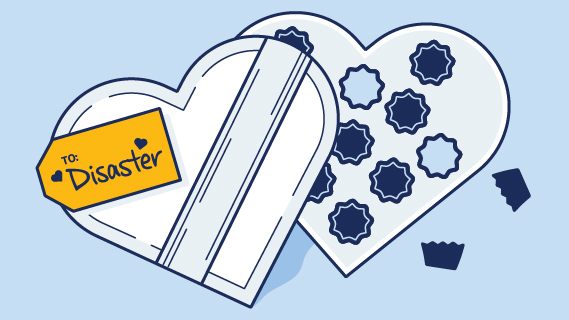The truth of the matter is that natural disasters are becoming more and more common. While you may not have been affected by a disaster like a tornado, hurricane, or earthquake yet doesn’t mean you’re immune. In fact, 97% of the U.S. population has been impacted by a federally declared disaster since 2010. To add to the growing concern, about $60 billion in uninsured losses were reported in 2021 alone.
It’s clear the perfect storm is brewing for financial strain in the wake of a natural disaster, making the right coverage more important than ever. It’s why we created Recoop.
Instead of rolling the dice and hoping Mother Nature leaves you alone, start by diving into what your current homeowner’s policy covers – and leaves out. By searching for terms like “limits of coverage”, “eligibility”, and “exclusions”, you can start to identify where your current plan leaves you hanging and better understand if slotting in single- or multi-peril insurance is right for you.
Filling the Gaps
We pulled together a list of the five most common gaps we see in homeowners policies when it comes to covering you when disaster strikes:
- Natural disasters – say an earthquake or storm surge caused by a hurricane – aren’t typically included in your standard homeowners or renters policy. Without a safety net like single or multi-peril insurance, you could be on the hook to cover those costly repairs.
- Depreciation impacts your payout. The value of certain parts of your home (think your roof or windows) will depreciate over the years. So, when your insurance company goes to pay your claim, you may only receive a fraction of the actual cost to replace the damaged items.
- Disaster deductibles can be incredibly high (and inconsistent). They can range anywhere from 5-30% of the home’s value and are often higher for wind-related damages from hurricanes or tornadoes for the folks who live in high-risk areas.
- Most homes are underinsured by 20% of the actual value of the home. With the rising costs of materials and increased demand for labor and supplies, you can be left holding the bag to cover these costs – yikes! This even goes for guaranteed replacement policies because they’re often capped based on the home’s insured value, not its real.
- Claims is a waiting game. Typically, you’re stuck waiting up to 30 days after submitting a claim before you see the money hit your account with traditional insurance.

